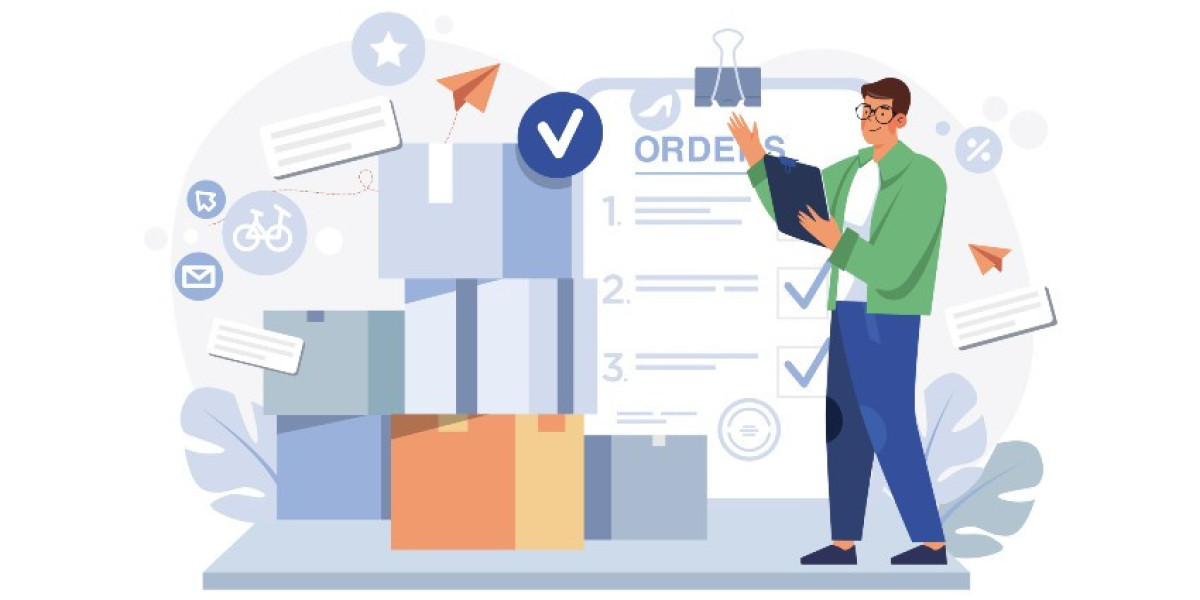In today’s competitive and fast-paced business environment, manual sales order processes are no longer sustainable. Errors in data entry, delayed order fulfillment, miscommunication between departments—these issues not only hurt internal efficiency but also damage customer satisfaction and revenue growth.
This is where sales order automation software comes in. By streamlining the entire sales order cycle—from order capture to fulfillment—it helps companies save time, eliminate errors, and improve customer experiences. But not all sales order automation tools are created equal. Choosing the right software is critical to getting the full value of automation.
In this article, we’ll cover the top features to look for in sales order automation software to ensure you select a solution that fits your business needs and scales with your growth.
1. Seamless ERP and CRM Integration
The best sales order automation tools don’t operate in a vacuum. They integrate seamlessly with your existing systems—especially your ERP (Enterprise Resource Planning) and CRM (Customer Relationship Management) platforms.
Why this matters:
Orders can be instantly pulled into your ERP for inventory allocation and invoicing.
Customer data from your CRM can auto-populate order fields, reducing duplication and errors.
Integration creates a centralized data flow between departments, improving visibility and coordination.
Look for: Support for major ERP/CRM platforms like SAP, Oracle, Microsoft Dynamics, Salesforce, and NetSuite, or open APIs for custom integrations.
2. Multi-Channel Order Capture
In the age of eCommerce, B2B portals, and omnichannel sales, businesses often receive orders from multiple sources—email, phone, online stores, marketplaces, EDI, and more. Your sales order automation software should be able to capture and consolidate orders from all channels into one centralized system.
Benefits include:
No manual re-entry of orders from different sources
Reduced risk of missed or duplicated orders
Streamlined workflow regardless of the order origin
Look for: Features like EDI support, email-to-order conversion, and integrations with platforms like Shopify, Amazon, Magento, and more.
3. Automated Order Validation and Error Checking
A major advantage of sales order automation is the ability to eliminate human errors. Advanced solutions validate order data automatically before processing.
For example, the software can check:
Product codes and inventory availability
Customer credit limits or account status
Pricing rules or discount eligibility
Shipping terms and tax calculations
If any issue is detected, the system can flag it for review or even suggest corrections.
Look for: Built-in validation rules, real-time error detection, and customizable approval workflows to ensure accuracy before an order reaches fulfillment.
4. Real-Time Inventory Synchronization
Inventory mismatches are one of the top causes of delays and customer complaints. Your sales order automation software should offer real-time inventory visibility across warehouses, channels, and product lines.
Why this matters:
Prevents selling items that are out of stock
Enables accurate delivery commitments to customers
Supports backorder or substitute item recommendations
Look for: Two-way sync with inventory management or ERP systems, real-time stock updates, and low stock alerts.
5. Customizable Workflow Automation
Every business has its own unique sales process. Whether you have multi-level approvals, region-based fulfillment, or special terms for VIP clients, your software should support custom workflow automation.
Examples of customizable workflows:
Auto-approval for orders under a certain value
Routing orders to specific warehouses or teams
Triggering emails for pending approvals or delays
Look for: A user-friendly workflow builder or rules engine that allows non-technical users to set up automation logic without coding.
6. Reporting and Analytics
Insight is everything. Your sales order automation software should provide real-time reporting and analytics to help you track performance, spot bottlenecks, and make data-driven decisions.
Key metrics to track:
Order processing time
Fulfillment accuracy rate
Sales trends by product, customer, or region
Outstanding or delayed orders
Look for: Custom dashboards, downloadable reports, and the ability to set KPIs or alerts.
7. Mobile Access and Cloud Availability
With teams working remotely or on the move, cloud-based and mobile-friendly software is essential. Sales reps should be able to check order status, create new orders, or communicate with fulfillment teams from any device.
Cloud access also ensures:
Automatic software updates
Scalable performance
Easier collaboration between departments and locations
Look for: Web-based platforms with mobile-responsive design or dedicated apps for iOS and Android.
8. Security and Compliance
Sales orders often contain sensitive customer, pricing, and financial data. Ensure the software you choose follows best practices for data security and meets any compliance requirements relevant to your industry.
Important security features:
Role-based access control
Data encryption at rest and in transit
Audit logs and activity tracking
Compliance with standards like GDPR, HIPAA, or SOC 2
Look for: Verified security certifications and detailed documentation on data handling practices.
Conclusion
Sales order automation can revolutionize your order management process—but only if you choose the right software with the right features. From ERP integration and real-time inventory sync to intelligent validation and workflow customization, each capability plays a vital role in improving operational efficiency and customer satisfaction.
Investing in a robust, feature-rich solution not only saves time and reduces costs—it sets your business up for long-term success in a digital-first market.
If you're currently evaluating sales order automation tools, use this checklist to compare vendors and make an informed decision that aligns with your business goals.












